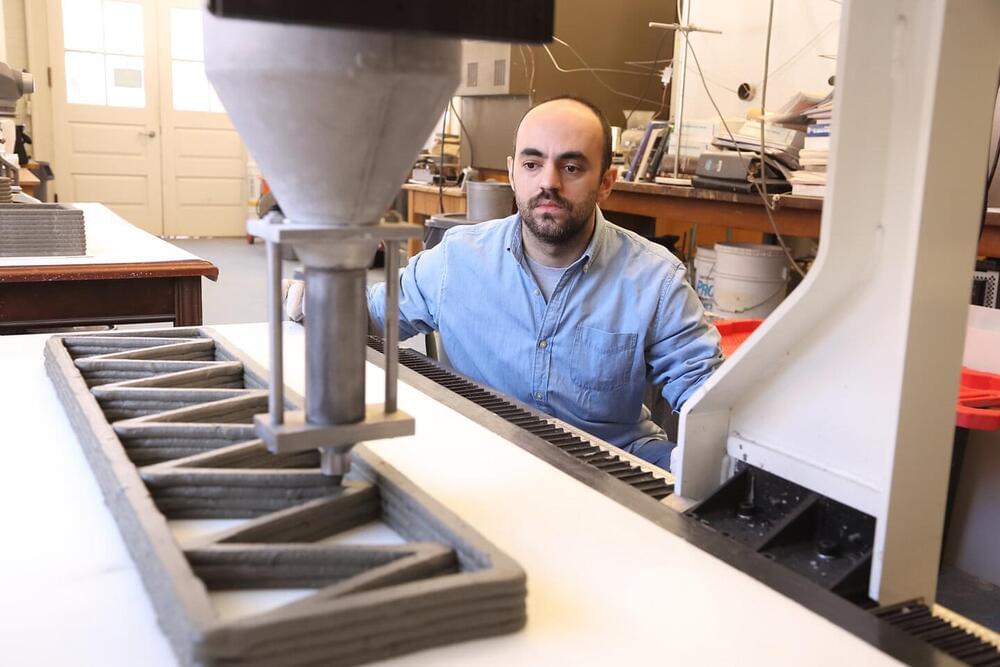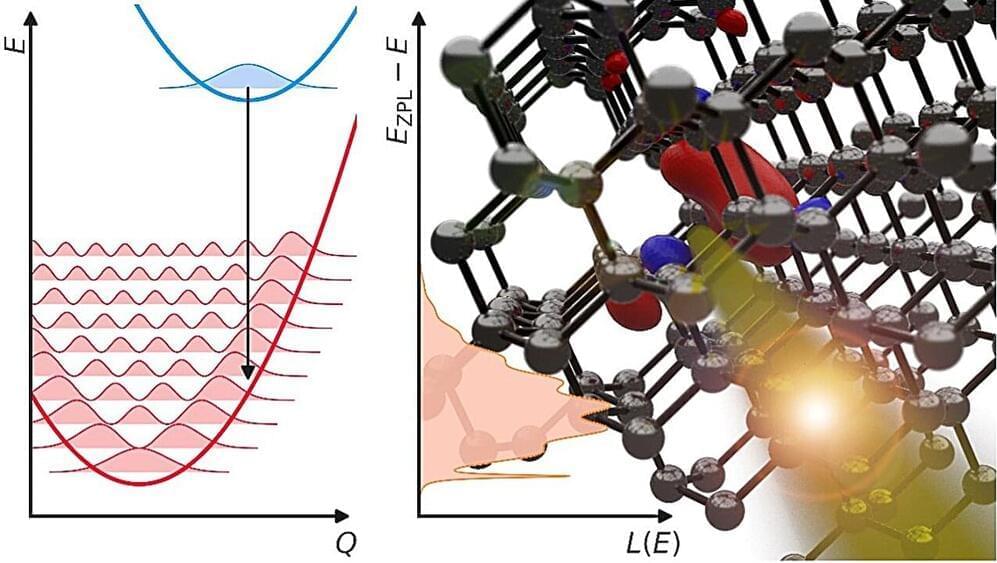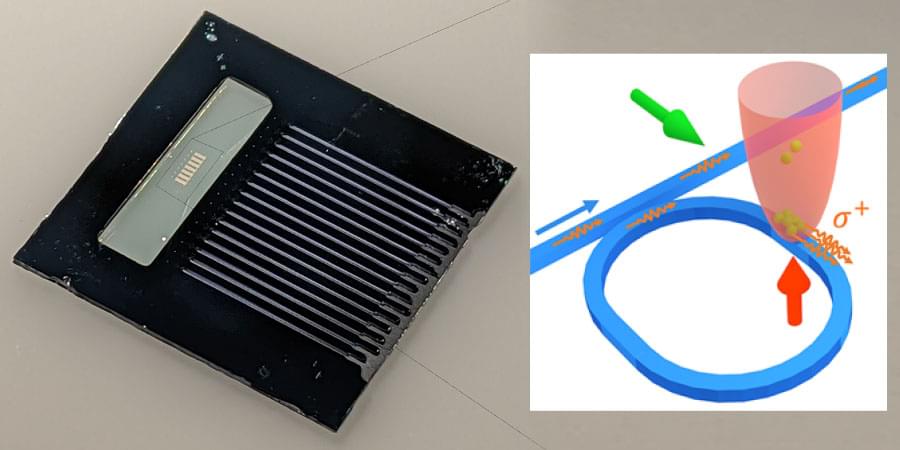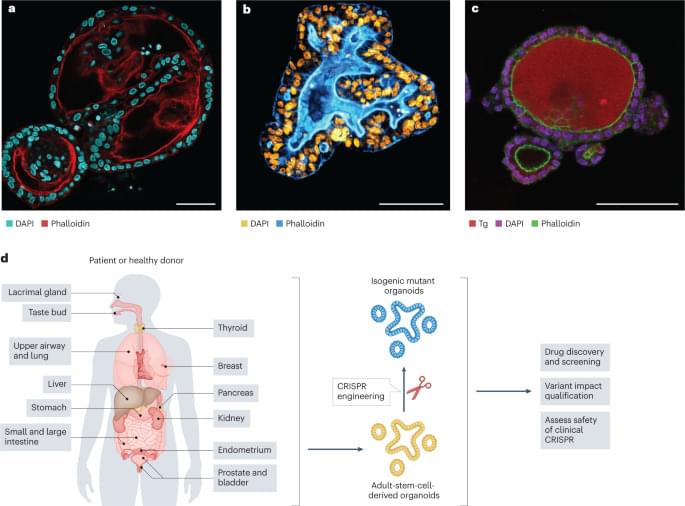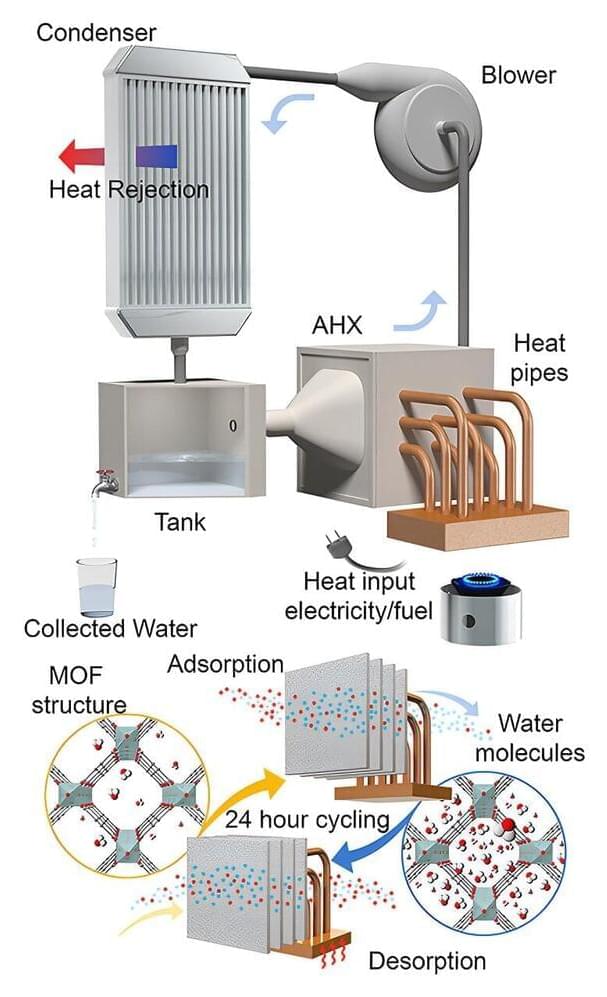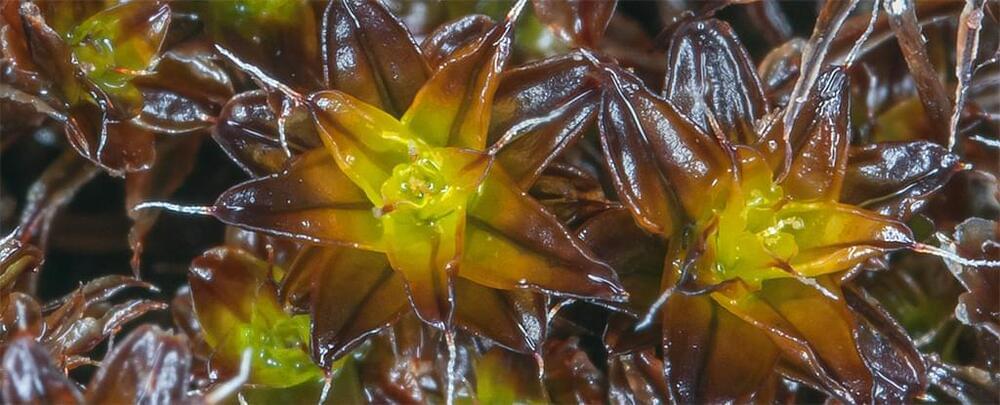Aug 5, 2024
Lunar Biorepository: Preserving Earth’s Precious Biodiversity
Posted by Laurence Tognetti, Labroots Inc. in categories: biological, engineering, environmental, existential risks, sustainability
Could we store samples of Earth’s endangered biodiversity on the Moon for long-term preservation? This is what a recent study published in BioScience hopes to address as a team of researchers led by the Smithsonian Institution proposes how the Moon’s permanently shadowed regions (PSRs) located at the lunar north and south poles could be ideal locations for establishing a lunar biorepository where endangered species can be cryopreserved. This study holds the potential to safeguard Earth’s biodiversity from extinction while improving future space exploration and possible terraforming of other worlds.
“Initially, a lunar biorepository would target the most at-risk species on Earth today, but our ultimate goal would be to cryopreserve most species on Earth,” said Dr. Mary Hagedorn, who is a research cryobiologist at the Smithsonian National Zoo and Conservation Biology Institute and lead author of the study. “We hope that by sharing our vision, our group can find additional partners to expand the conversation, discuss threats and opportunities and conduct the necessary research and testing to make this biorepository a reality.”
The reason lunar PSRs are of interest for this proposal is due to several craters being completely devoid of sunlight from the Moon’s small axial tilt (6.7 degrees versus Earth’s 23.5 degrees). The team postulates this presents ample opportunity for storing several groups, including pollinators, threatened and endangered animals, culturally important species, and primary producers, just to name a few.

